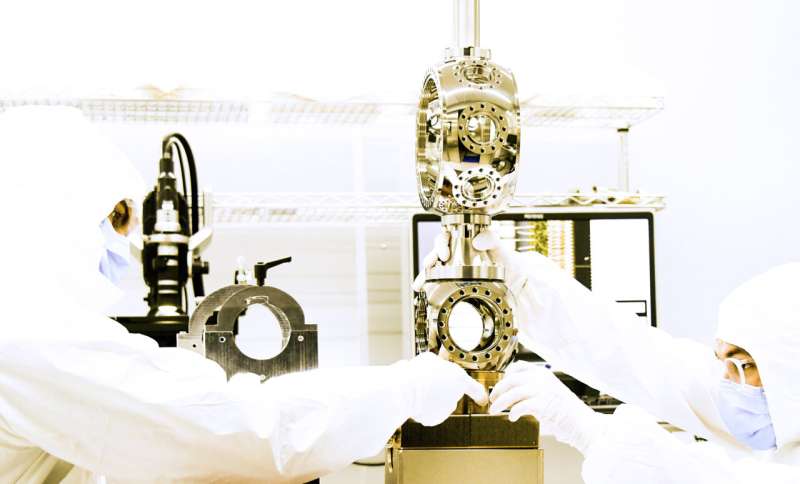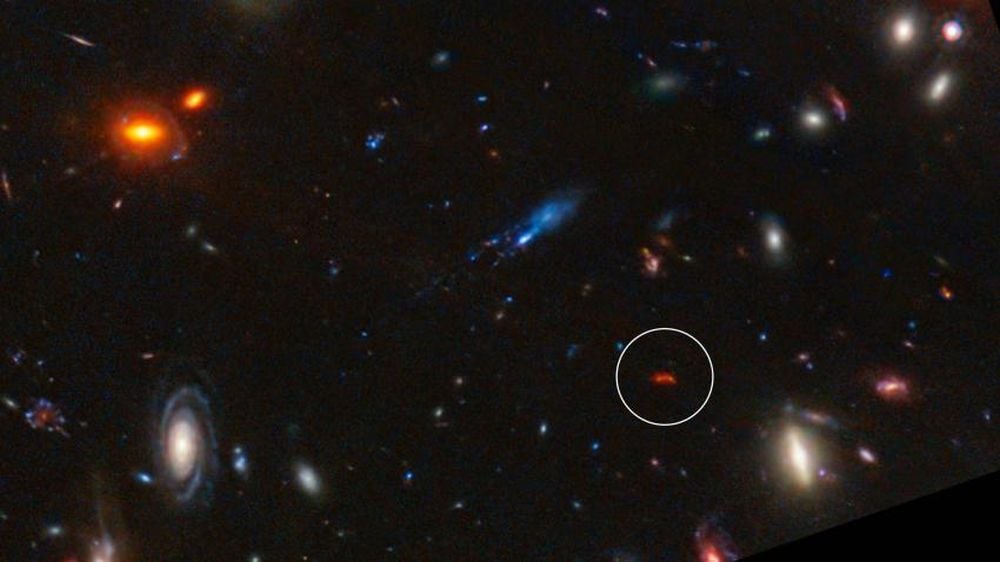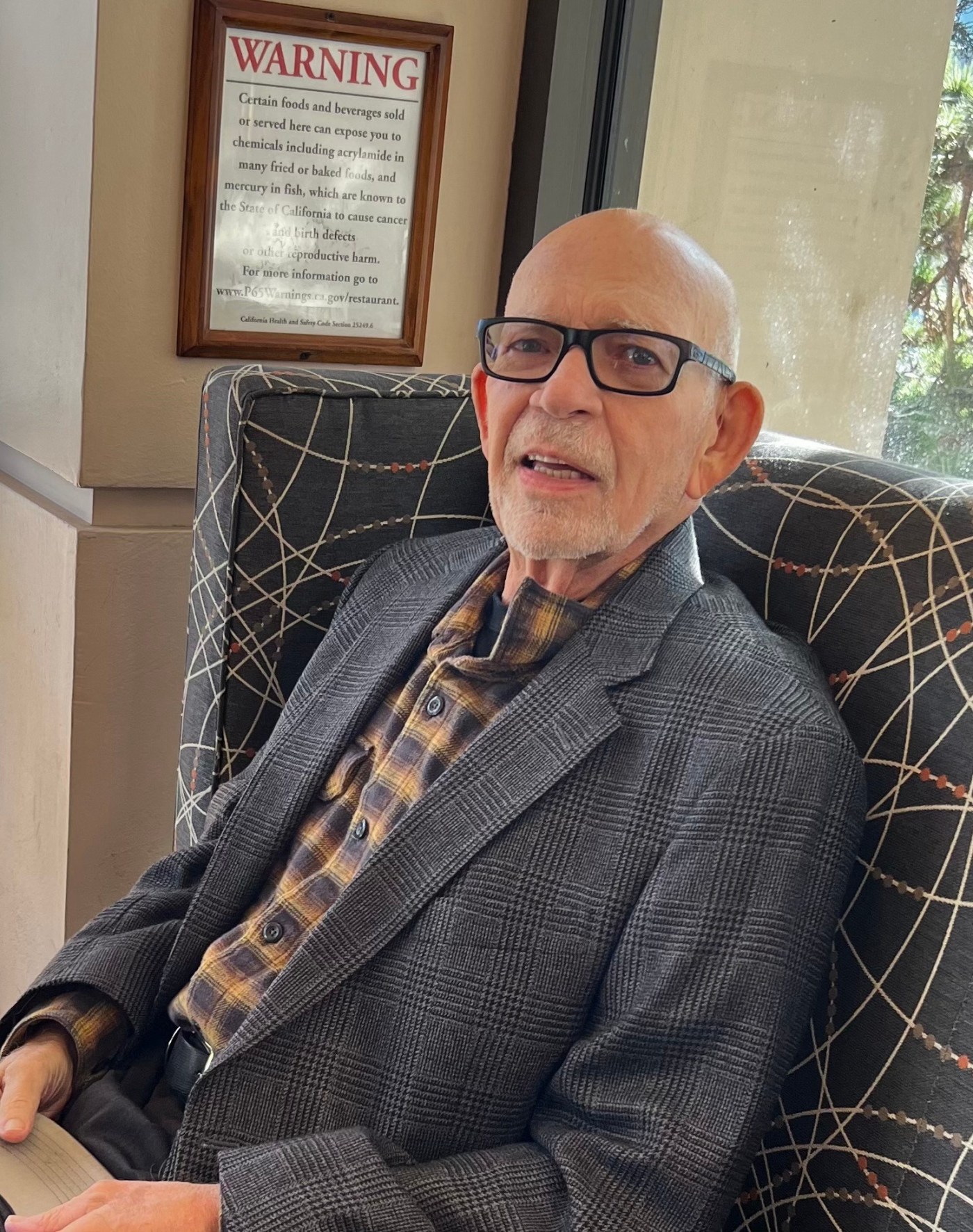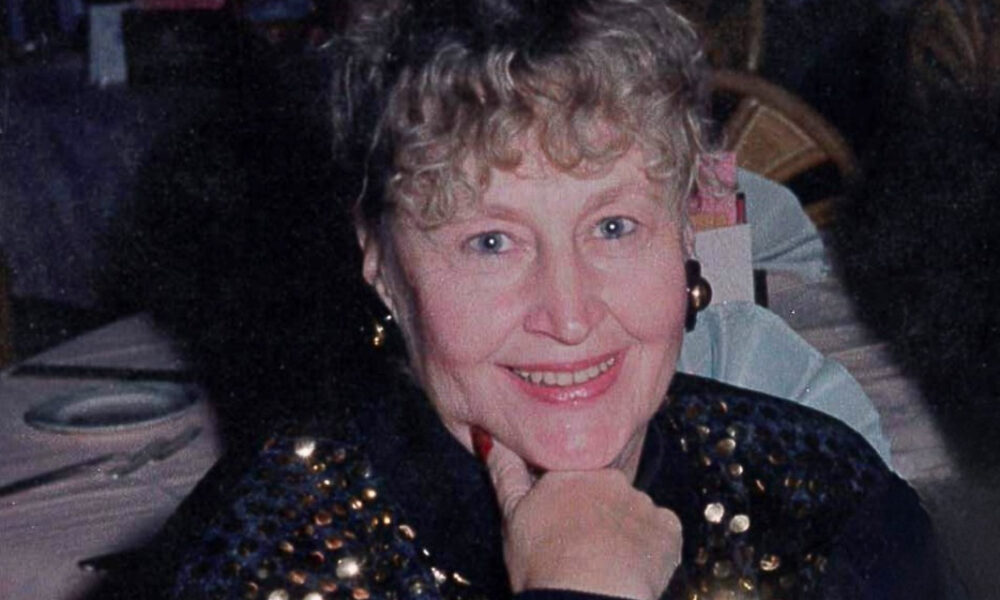Researchers at Quantinuum have successfully simulated a simplified version of the well-known Sachdev-Ye-Kitaev (SYK) model using a trapped-ion quantum computer. This breakthrough, detailed in a paper published on the arXiv preprint server on October 19, 2025, marks a significant advancement in the study of chaotic quantum systems that are challenging to model with classical computers.
Innovative Approach to Quantum Physics
The simulation aims to enhance the understanding of strongly interacting many-body systems, a key focus in quantum physics research. According to Enrico Rinaldi, Lead R&D Scientist at Quantinuum and senior author of the study, the SYK model serves two primary purposes: it is a prototypical model for strongly interacting fermions in condensed matter physics and offers a simplified framework for investigating quantum gravity through holographic duality.
Rinaldi highlighted the team’s confidence in their quantum computers to benchmark simulations of this important physical model. The researchers employed a novel algorithm called TETRIS, developed by Quantinuum and introduced in 2024, which effectively calculates the time evolution of quantum systems without systematic errors.
Technical Details and Future Implications
The SYK model comprises N fermions interacting through all-to-all couplings, with four-body interaction terms. Specifically, the team simulated 24 Majorana fermions using 12+1 qubits on the Quantinuum System Model H1. This processor is known for its high-fidelity performance and all-to-all connectivity, ideal for capturing the complex interactions inherent in the SYK model.
Using the TETRIS algorithm, Rinaldi and his colleagues tuned the necessary quantum gates to compute the model’s final state with remarkable accuracy. The algorithm also incorporates error mitigation techniques, enhancing the robustness of results against quantum noise. Rinaldi noted, “The combination of these algorithmic advances and System Model H1’s high-fidelity and all-to-all operations allowed us to realize the largest SYK simulations to date.”
The successful simulation demonstrates that intricate interactions can be represented on current commercial quantum devices, paving the way for future simulations of other challenging systems, such as the Fermi-Hubbard model and lattice gauge theories. Rinaldi expressed optimism about the potential for improved algorithms that leverage the capabilities of upcoming quantum technologies. He stated, “We are now looking at new, improved algorithms to simulate SYK models that take advantage of the new capabilities of Quantinuum Helios and the future quantum computers on Quantinuum’s roadmap.”
This research represents a pivotal step toward understanding chaotic quantum systems. The ongoing improvements in both the hardware and algorithms used in quantum computing could soon enable the simulation of even larger and more complex systems, profoundly impacting the field of quantum physics.







